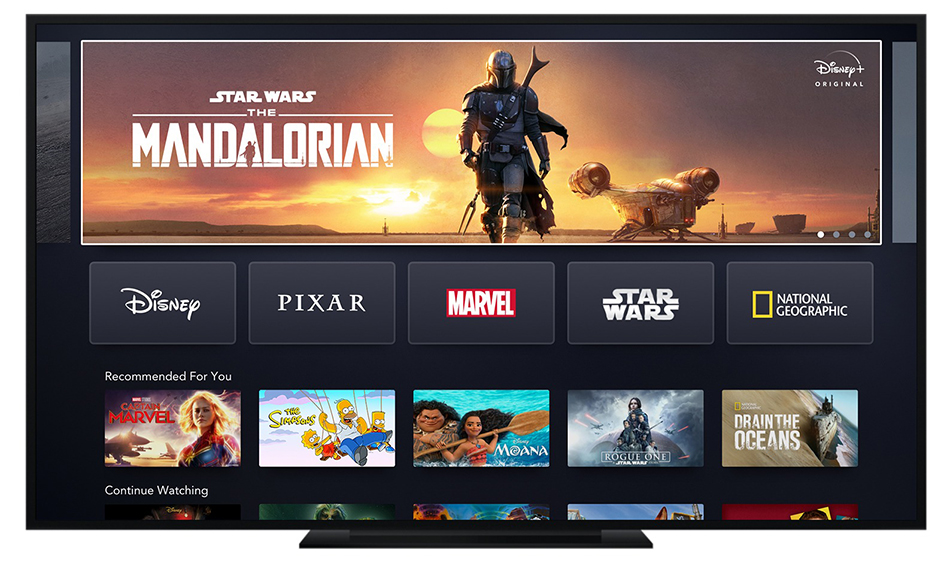Pandemic Drives Q3 Losses, Streaming Gains For Disney

The pandemic continued to play havoc with The Walt Disney Co.’s financials, with fiscal Q3 revenue down 42%, as gains at its streaming business wasn’t enough to stem the bleeding at its theme parks and movie studios.
The programming giant’s Disney Plus streaming service ended the quarter with 57.5 million global subscribers, up from 54.5 million in May. Disney CEO Bob Chapek said on a conference call with analysts total Disney Plus global subscribers reached 60.5 million in August.
“Despite the ongoing challenges of the pandemic, we’ve continued to build on the incredible success of Disney+ as we grow our global direct-to-consumer businesses,” Chapek said in a press release. “The global reach of our full portfolio of direct-to-consumer services now exceeds an astounding 100 million paid subscriptions -- a significant milestone and a reaffirmation of our DTC strategy, which we view as key to the future growth of our company.”
Aside from Disney Plus, streaming services like Hulu and Hulu Plus Live TV and ESPN Plus substantially grew subscribers. Hulu’s SVOD only service saw customers grow 25% in the period to 32.5 million, while Hulu Plus Live TV rose 55% to 3.4 million subscribers. ESPN Plus more than tripled its subscribers to 8.5 million in Q3 from 2.4 million in the prior year period.
That growth apparently encouraged investors, driving Disney stock up 4% ($4.73 each) to $122.02 per share in after-hours trading.
Consolidated revenue fell to $11.7 billion in the quarter, driven by an 85% decline at its Parks and Resorts division and a 55% decrease at its Filmed Entertainment unit. Disney’s broadcast division was the bright spot in the quarter, with revenue up 12% to $2.5 billion, while sales at its cable networks dipped 10% to $4 billion.
That all helped drive a net loss of $4.7 billion ($2.61 per share) for the period, versus a net gain of $1.8 billion or 79 cents per share in the prior year.
The smarter way to stay on top of the multichannel video marketplace. Sign up below.
At Media Networks, which includes its Cable Networks and Broadcast divisions, revenue fell 2% to $6.6 billion, while operating income rose 48% to $3.2 billion.
Operating income at the cable networks rose 50% to $2.5 billion, mainly due to lower programming and production costs at ESPN, offset in part by lower advertising revenue.
Disney said lower programming and production costs were mainly due to the deferral of rights costs related to the NBA and MLB as they rescheduled events to later quarters as a result of the pandemic. Affiliate revenue rose because of increases in contractual rates, partially offset by a decrease in subscribers.
Broadcasting revenues for the quarter increased 12% to $2.5 billion and operating income was up 55% to $477 million. Lower network programming and production costs and higher retransmission consent fees drove the quarter. Ad revenue was down in the period.
